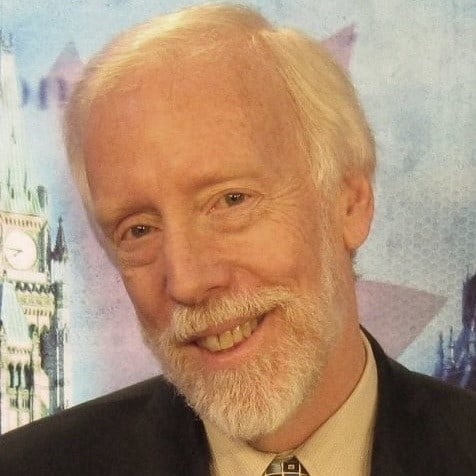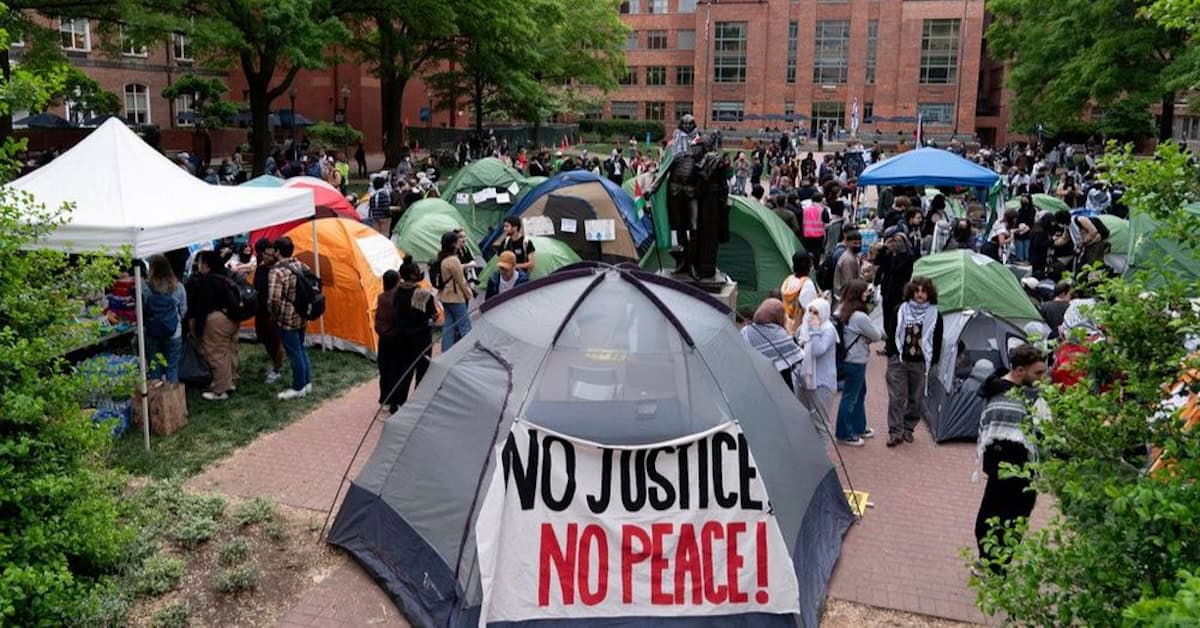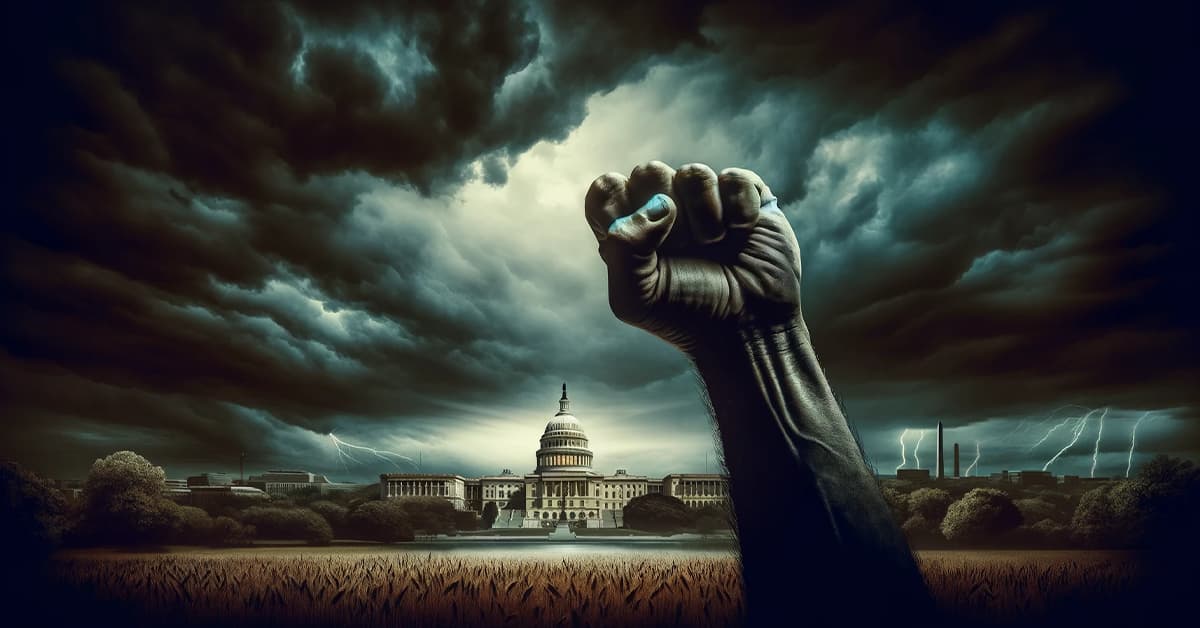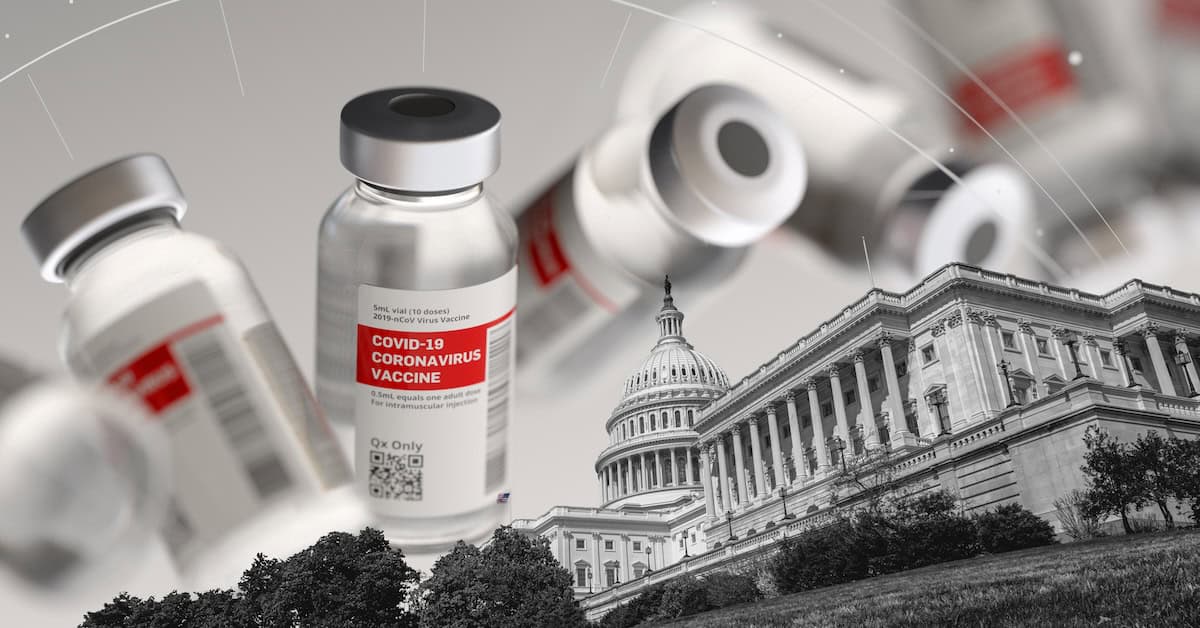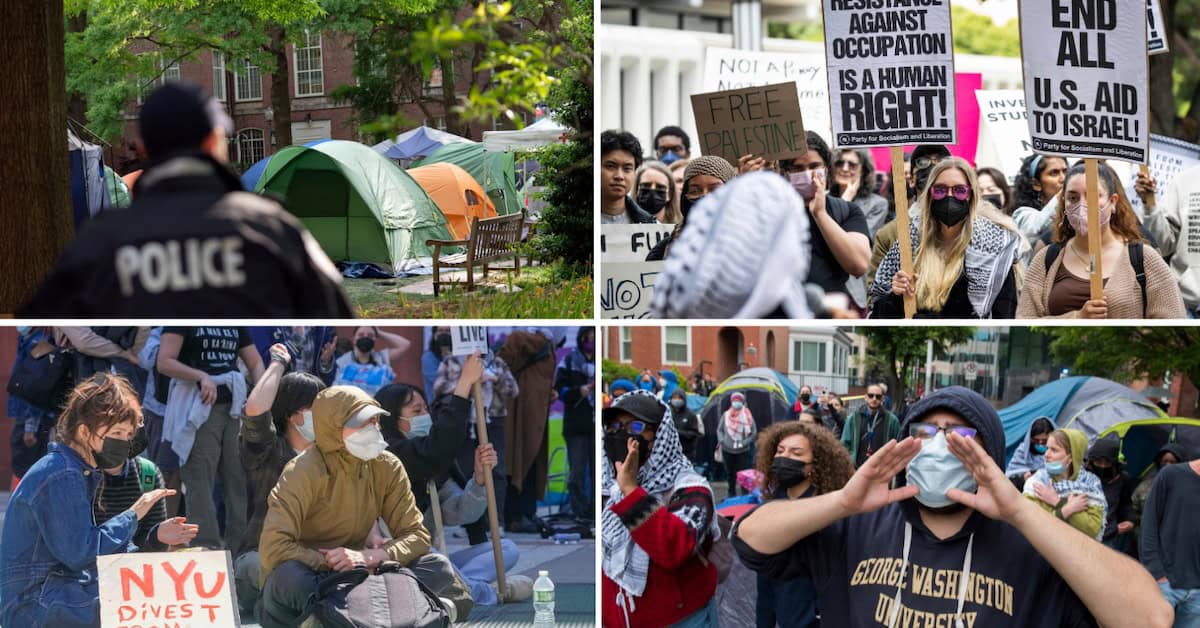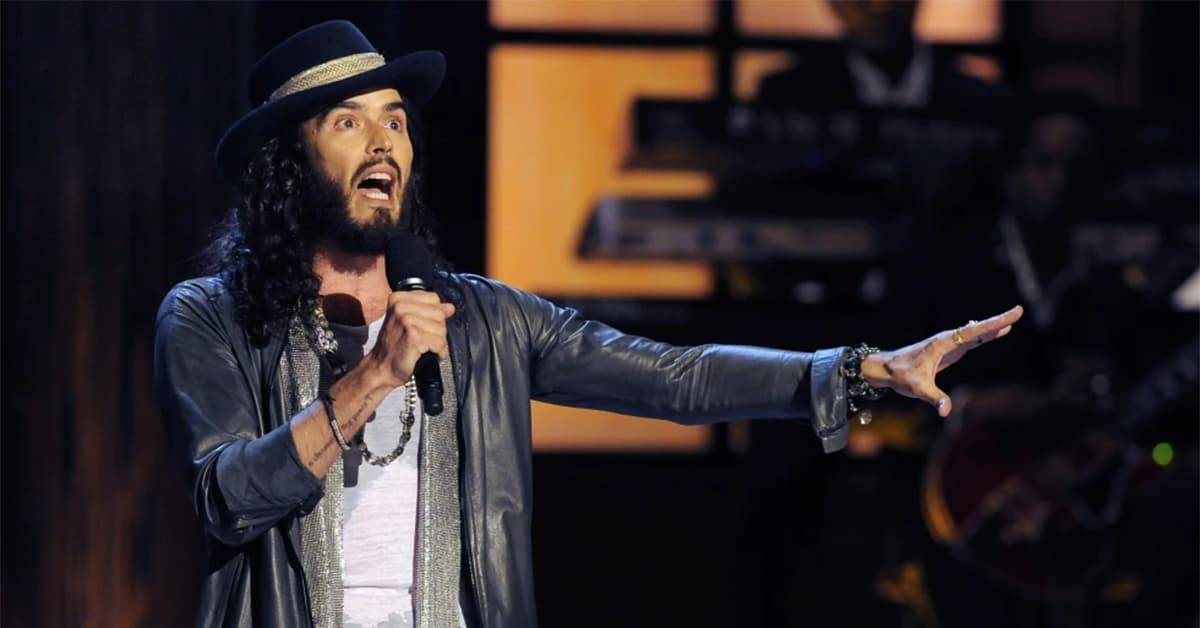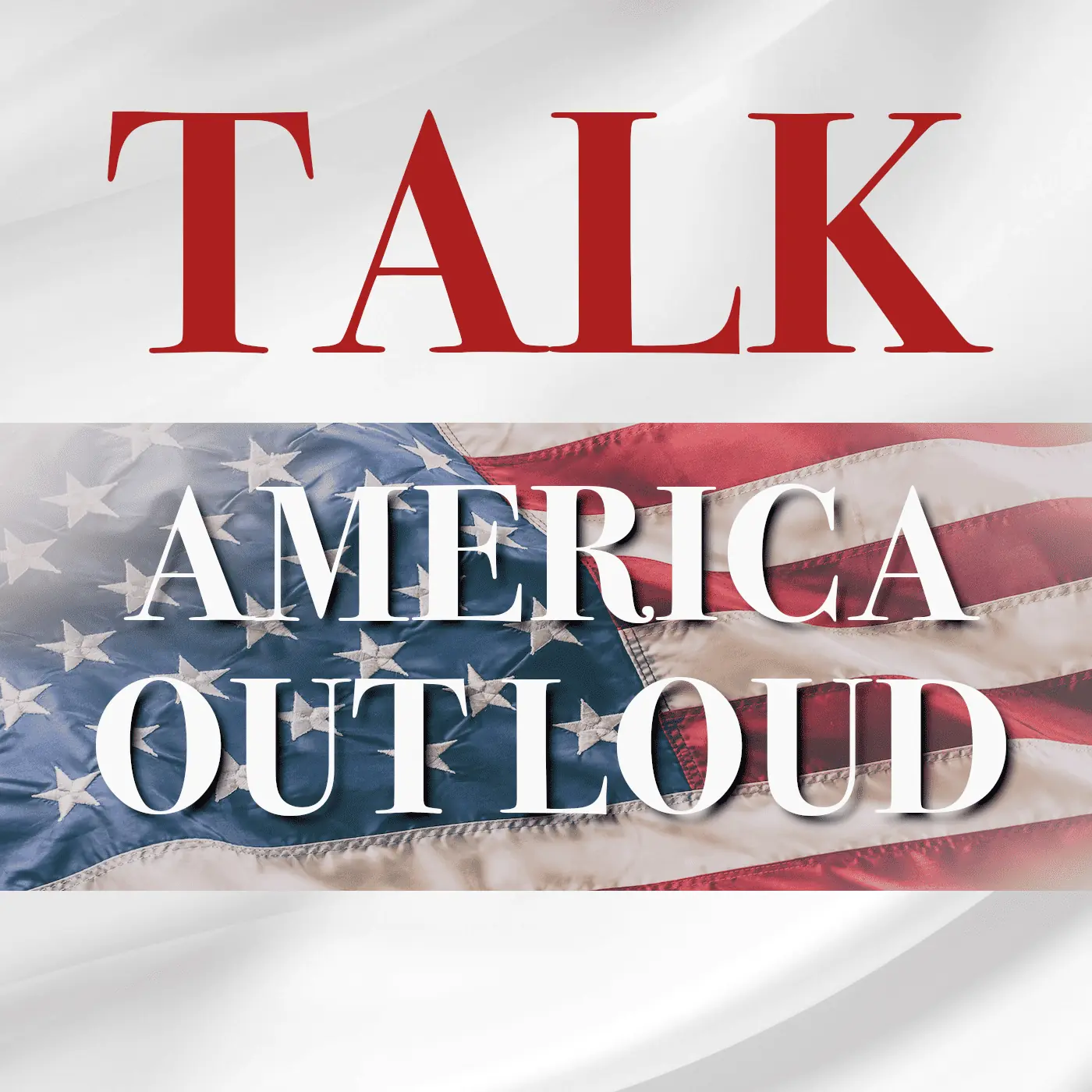Over the past 40 years, the public has been subjected to one of the most successful and dangerous propaganda campaigns in history. It is the convincing of more and more people that carbon dioxide (CO2), an invisible, odorless, and benign trace gas essential for all life on Earth, is a dangerous pollutant that must be severely curtailed. The fact that we are at one of the lowest levels of CO2 in Earth’s history and that there is no consistent correlation between CO2 and the “global average temperature” in the geologic record makes no difference. To “save the climate,” we must end our use of our most reliable energy sources and move to “net-zero” CO2 emissions as soon as possible. To question this ludicrous mantra is “climate change denial,” resulting in public shaming, loss of employment, and even death threats.
In military parlance, this sort of propaganda is referred to as a psychological operation or “PSYOP,” and it is very appropriate that we apply the term to the fight for the hearts and minds of citizens across the Western World in today’s climate change war.
Bing’s GPT 4 artificial intelligence describes PSYOPs, in part, as:
“a planned operation to convey selected information and indicators to audiences to influence their emotions, motives, objective reasoning, and ultimately the behavior of governments, organizations, groups, and individuals … The purpose of PSYOPs is to induce or reinforce behavior perceived to be favorable to the objectives of the entity conducting the operation.”
American military PSYOP units and soldiers from all parts of the military are forbidden by law from conducting PSYOP on domestic audiences. But highly successful climate change PSYOP operations are being conducted, often by design, on a continual basis by the media and virtually all information sources across America.
Conducted properly, PSYOPs are based on sophisticated psychological and sociological research. This is especially the case in the climate war where armies of social scientists, often in plain sight, have been guiding climate change campaigners on how to most effectively use language to frighten the public sufficiently that they will demand change from the government. Nothing even remotely close to this exists on the side of the debate that supports climate realism, the understanding that climate change is natural and humanity has little impact.
Two of the most prominent organizations leading the climate alarmist communications charge are:
- The Yale Program on Climate Change Communications, founded in 2005, which describes its raison d’être as follows:
“We conduct scientific studies on public opinion and behavior; inform the decision-making of governments, media, companies, and advocates; educate the public about climate change; and help build public and political will for climate action.”
Messaging – Yale Program on Climate Change Communication shows the high degree of sophistication of this work. They even teach teachers how to indoctrinate their students with the “correct” point of view on climate change – see For Educators: Grades 6-12 – Yale Program on Climate Change Communication. The UK’s The Guardian newspaper explained the amazing scope of what this highly professional group of editors, radio producers, freelance reporters, and scientists does to sway public opinion. They even work behind the scenes to train reporters, editors, and television weathercasters.
The Yale Program on Climate Change Communications is part of the Yale Center for Environmental Communication, which is supported by the left-leaning Tides Foundation and the MacArthur Foundation. The Yale Center for Environmental Communication is part of the Yale School of the Environment, which is also broadly funded by progressive philanthropies in the U.S. and Europe, as well as Donor Advised Funds, which are often used by donors to anonymize their donations and obscure the purpose of their grants. Staff of environmental non-governmental organizations (ENGOs) are listed as fellows of Yale organizations, and the board of directors of Yale organizations includes ENGOs as well as executives from the principal funding organizations.
- The George Mason University Center for Climate Change Communications, founded in 2007, explains its role:
“to conduct unbiased public engagement research, and to help government agencies, non-profit organizations, and companies apply the results of this research so that collectively, these groups can stabilize the planet’s climate. They use social science research methods – experiments, surveys, in-depth interviews, and other methods – to find ways of effectively engaging the public and policymakers in the problem and in considering and enacting solutions.”
The depth, scope, and sophistication of their work are breathtaking, even producing information to increase the impact of media spokespeople such as broadcast meteorologists on public opinion about the supposed “climate crisis.”
As illustrated by the following graph (source), all of this has been highly successful—the fraction of Americans who are alarmed about climate change has more than doubled in the past decade.
The Yale School of Climate Change Communications, along with the George Mason University Center for Climate Change Communications, produced the above graph and explained each of the “Six Americas:”
“The Alarmed are convinced global warming is happening, human-caused, an urgent threat, and they strongly support climate policies. Most, however, do not know what they or others can do to solve the problem.
“The Concerned think human-caused global warming is happening, is a serious threat, and support climate policies. However, they tend to believe that climate impacts are still distant in time and space; thus, climate change remains a lower-priority issue.
“The Cautious haven’t not yet made up their minds: Is global warming happening? Is it human-caused? Is it serious?
“The Disengaged know little about global warming. They rarely or never hear about it in the media.
“The Doubtful do not think global warming is happening, or they believe it is just a natural cycle. They do not think much about the issue or consider it a serious risk.
“The Dismissive believe global warming is not happening, human-caused, or a threat, and most endorse conspiracy theories (e.g., “global warming is a hoax”).”
In his essay in the book “A Better Planet: Forty Big Ideas for a Sustainable Future,” Anthony Leiserowitz, Senior Research Scientist at Yale School of the Environment, described how the “alarmed” “represents an enormous potential social movement—if organizers can recruit, train, and deploy them to demand that elected officials act.”
And that is precisely what climate alarmists are doing. For example, former vice-president Al Gore’s Climate Reality Project has trained more than 45,000 “Climate Reality Leaders from 170 countries…to become an effective advocate and leader, equipped with the skills to influence decision-makers, shape public opinion, mobilize your community, and more.”
And, as explained in Use This Research-Backed Message to Talk About Climate Change and Health with Anyone | The Climate Reality Project, Gore’s group is using the latest social science and communications research to design phraseology and presentation techniques to maximize their impact on the public and decision-makers. For example, consider the advice of Dr. Ed Maibach, professor and Director of George Mason University Center for Climate Change Communication. As early as 2015, Maibach, a trained Gore Climate Reality Leader, shared a research-backed strategy for effectively communicating about climate change at a special meeting for health professionals put on by the Climate Reality Project. The organization said, “his tips are universal enough for anyone to use.”
Here is how the Climate Reality Project described Maibach’s advice, much of which we in the climate realist community should follow as well, plus my comments in blue font in square brackets:
“We need to change how we communicate about the climate crisis and talk about how it’s happening right now, how it’s harming our health, and how it’s something we can solve if we act now. [This is precisely how climate realists should characterize the energy crisis being caused by our transition to wind and solar power, which is already causing health-threatening blackouts across America, something we can solve now if we demand that governments stop these dangerous actions]
“he’s created a one-sentence mantra for anyone talking about the crisis to follow: Simple, clear messages, repeated often, by a variety of trusted sources.
“Simple, Clear Messages…
“To begin with, your message must be as simple and clear as possible. That’s because the less you say, the more you’re heard. Saying less means you’re only choosing to verbalize – and audiences will only hear – the most valuable parts of your message. Which means your message is more likely to stick. And you can learn what the most valuable things to say are by using audience research to determine what resonates with people. [Yes, I agree]
“Repeated Often …
“Once you have your clear, simple message, press repeat. Again and again. Repetition is the mother of learning (and like and trust.) You don’t need to repeat the exact same words over and over – adapt the message and elaborate it, but no matter what, find ways to say it early and often. Then, find ways to further reinforce your message with visuals and metaphors to add color and make it memorable. [again, this is correct and has been used throughout history to great effect, at times devastatingly so, for example, in the case of the Big Lie used to turn long-standing antisemitism in Europe into mass murder as promoted by the NAZIs. Social science research shows clearly that the more often people hear something, the greater credibility they attribute to it.]
“By a Variety of Trusted Voices
“Finally – communication is only effective in a context of trust…focus your conversations on audiences who already know or trust you. The result: if your messages are simple and clear, other trusted voices – even members of your target audience – will start repeating them to their friends and families, co-workers, and others. [this is one thing that climate realists do this well]
“Based on his research, here’s a suggested formula Maibach shared for effectively discussing climate change that anyone can use and adapt for their needs:
“1. More than 97 percent of climate scientists are convinced that human-caused climate change is happening. This one key sentence addresses the three key beliefs for climate action: it’s real, it’s us, and experts agree. [he is right, so it is important that climate realists debunk this false claim as often as possible. See “Tom Harris Demolishes Climate Change Lies”]
“2. The climate crisis is harming our health now. All of us can be affected, but some of us are more likely to be harmed: children, pregnant women, student-athletes, the elderly, the sick, and the poor.
“This topic emphasizes the fourth key belief by communicating how the crisis is bad – for us, right here, right now. [climate realists should regularly use this tactic since the lack of dependable energy is a far greater threat during extreme cold and hot weather than any realistic climate change.]
“3. The most important actions we can take are to reduce energy waste and fully embrace clean energy. When we do that, we clean our air and our water, and we all immediately enjoy better health.
“Finally, end by reinforcing the fact that the crisis is solvable, and there are solutions available today that anyone can support.” [climate realists need to explain that wind and solar power are anything but clean energy* and that our energy problems are induced by corrupt or weak politicians who care more about satisfying climate activists than they do about the safety of their constituents.]
* Michael Moore’s 2020 documentary film, Planet of the Humans, clearly demonstrates that (see this two-minute clip from Moore’s film), when you consider how wind turbines, solar panels, and batteries are made, they may very well be the dirtiest and most environmentally destructive energy technologies on the planet. In contrast, fossil fuels and nuclear are the real “clean energy” sources.
A quick web search for the phrase “climate change communication” yields hundreds of articles, interviews, books, and videos emphasizing the importance of using language to the greatest effect. If climate realists study these and apply them with skill and courage in public meetings, in the press, and in their private lives, then there is no reason the next crusade to sweep the world will be a crusade for reliable, inexpensive energy. And, unlike the climate scare that is based on imaginary fears, the push for dependable energy will benefit us all and save billions of lives.









